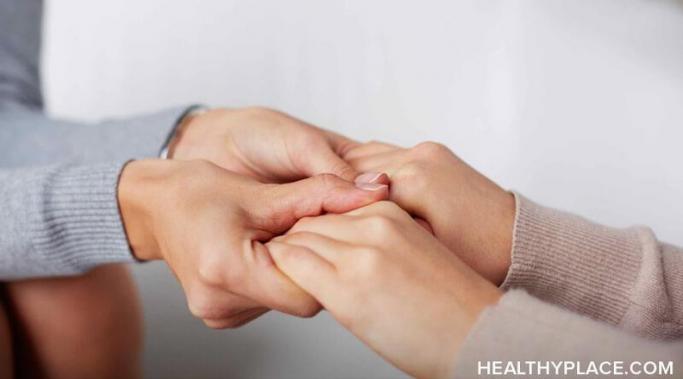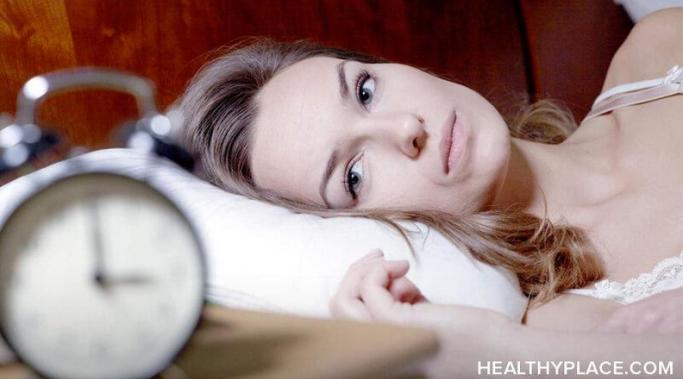We need mental health care now. I’m done mincing words and I’m done being polite about this. People are literally dying every day because they aren’t being given the help they need. Every day we wait, every day we don’t act, is another day someone will take his or her own life. And that person's blood will be on our hands for doing nothing.
Anxiety-Schmanxiety
Reducing anxiety can be a frustrating process. If you make progress and have setbacks, know that it's not a problem with you. It's normal and a part of overcoming anxiety. This doesn't mean, however, that you have to resign yourself to slow progress and stumbling blocks. What if you could do the things you already do with some success and make them work even better and more efficiently? When it comes to reducing anxiety, it's not just what you do but how you do it that can make a positive difference.
Having an anxiety-free zone in the place where you spend a lot of time, often your home, is a way to reduce anxiety. When you create a dedicated space where you can let go of worries, what-ifs, fears, and stress, you give yourself a wonderful gift. Just knowing that you have a haven available to decompress and intentionally replace the negative with the positive can keep you going through times of stress and anxiety. The following eight ideas can turn your home--the entire dwelling, a room, or even a corner--into an anxiety-free zone.
I have a lot of friends who are mentally ill. It isn’t that I seek them out, or have “mental illness” as a prerequisite for associating with me – fate has just dictated that most of my closest friends, like myself, have been touched with some sort of mental disorder. I doubt that I’m alone here – if what we seek in friendships is familiarity, being drawn to those with mental illness makes sense, even if we aren’t aware our friend is mentally ill at all.
Social anxiety is very much like a germ. It strikes when it wants to, even after we've endured a social situation or event. As a germ, social anxiety can make us feel unwell. If you've experienced social anxiety, you might be accustomed to it striking as you anticipate an interaction and flaring during the situation. This is a typical pattern that social anxiety follows; however, it's not the only pattern. Sometimes, we don't become anxious until after the socializing is over. It's frustrating when you've successfully navigated an experience with other people and then bam! Social anxiety strikes after the fact. The germ has entered the body.
I'm feeling like an insomniac this week. I've written in the past about what to do when anxiety keeps you awake. At that point I was writing with some distance -- this week, however, I've found myself unable to sleep well almost every night.
Anxiety messes with memory. Have you ever worried about something that happened in the past? Have you fretted about something you did or didn't do that "probably" caused a current problem? Have you laid in bed, tossing in turning, running situations, conversations, and mistakes through your mind nonstop? These are some examples of anxious memories and how they can take over. You can regain control by resetting these anxious memories.
I have a problem with stress eating. To be fair, during periods of high anxiety, my body seems to modulate between wanting to eat nothing and wanting to eat everything, but more often than not it seems to be the latter. Both are problematic, but obviously, stress eating leaves you more prone to weight gain and escalating grocery bills, so it’s worth getting under control.
Harnessing the power of visualization can help you live an anxiety-free life. The previous post explored how visualization works. Visualization speaks to the brain on a deep level. Images and other imagined sensory input cause brain chemistry and neurological activity to react as if the imagined experiences were real. Further, the brain holds onto them for lasting change. While there are not strict rules, there are techniques that increase the effectiveness of visualization for creating and living an anxiety-free life. The following six tips can help you create a visualization practice for reducing anxiety.
It can be hard to see beyond anxiety to picture a life without that anxiety. When anxiety grips us and we can't wriggle free, it's common to feel trapped, stuck, and frustrated. When you want a life without anxiety but can't seem to be able to move toward it, add visualization to the other things you're already doing to reduce anxiety. According to experts in many fields (among them sports, business, psychology, and biology), picturing yourself living a life without anxiety helps you realize that vision.









